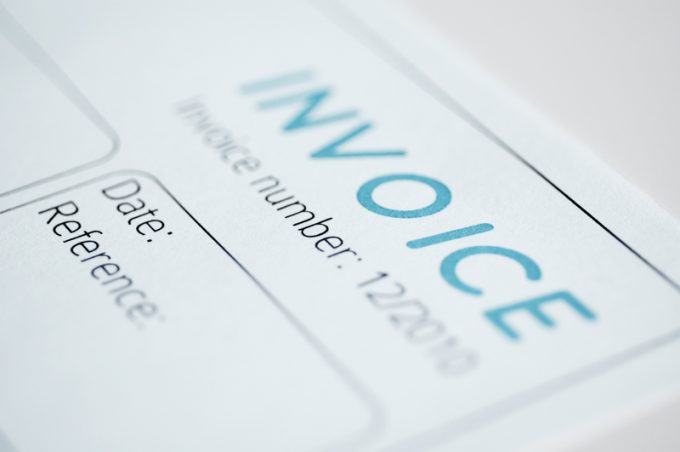'Hands on triggers' over Gaza a threat to early Red Sea return
There have been “notable increases” in maritime insurance premiums, as ceasefire uncertainty clouds the prospect ...

A new white paper from Drewry claimed that as shipping costs are further squeezed more attention should be diverted to “inefficiencies” in payment processes, where it calculates some $31bn in transaction costs is incurred annually.
The maritime consultant estimated that the global container shipping industry earned ...

Comment on this article
Frederik deCockBuning
May 08, 2018 at 8:02 pmMike , finally ! the world opens its eyes ! apart of the billing there are more system
and communication advantages to safe. the present procedures are all outdated
and benefit to others except to carriers .